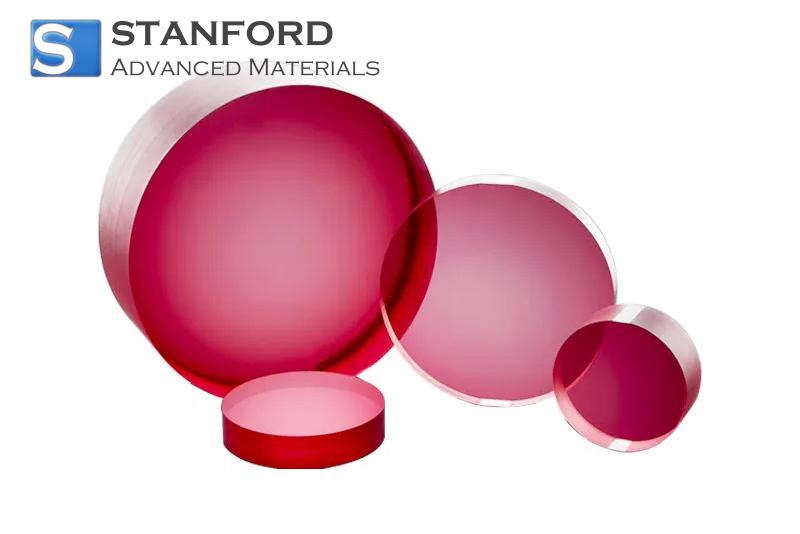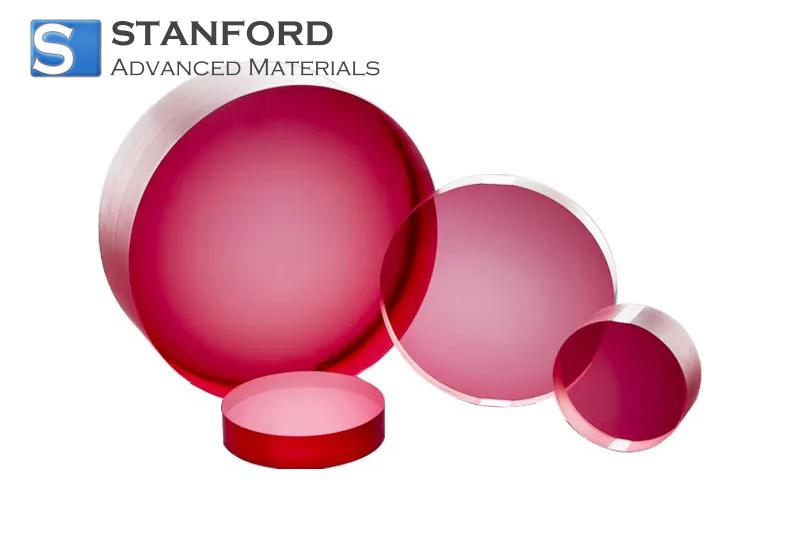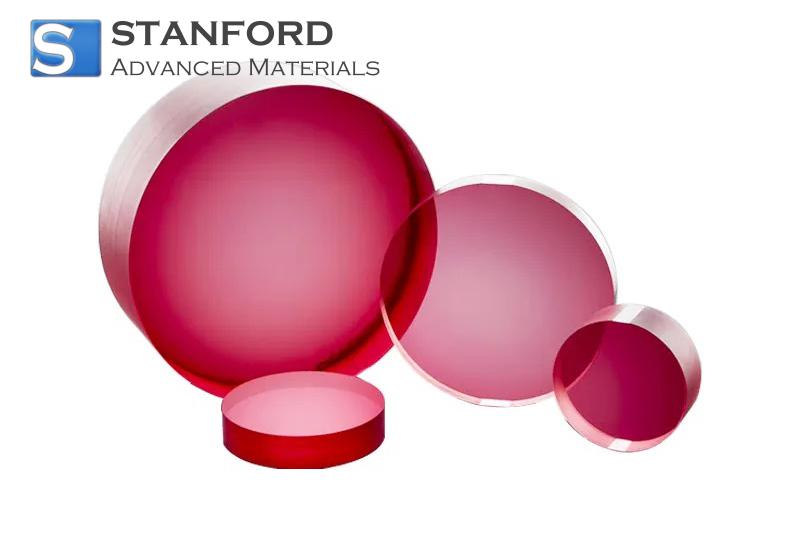Why Demand for Silicon Carbide Wafers Is Soaring
Introduction to Silicon Carbide Wafers
Silicon carbide wafers have been in use for many years. They come from a compound that is both hard and thermally stable. In power electronics and high-temperature applications, these wafers play a significant role. Modern devices rely on these wafers for reliable performance. They are lighter and more efficient than older materials. Many industries now prefer silicon carbide over traditional silicon.
Advantages of Silicon Carbide
One must consider the clear benefits of silicon carbide when comparing it to standard silicon. First, its thermal conductivity is high. This means it can manage heat much better. Electronic devices using these wafers operate at lower temperatures. They experience less wear when temperatures rise.
Another key benefit is the high breakdown voltage. In simple terms, devices built with silicon carbide can handle higher power without failing. For example, many power controllers rated at 1 200 Volts use silicon carbide. Its efficiency in high-frequency operation is evident in practical applications. Some current systems use silicon carbide wafers to enhance efficiency by up to 20 percent.
The durability of silicon carbide also means that it performs well in harsh conditions. In many automotive and aerospace scenarios, where temperature variations are significant, silicon carbide wafers remain reliable. Their stability reduces energy losses and enhances overall device performance. With such solid characteristics, silicon carbide becomes the material of choice for many demanding applications.
Applications Driving Silicon Carbide Demand
The increase in silicon carbide wafer usage is no surprise given the many fields they serve. Electric vehicles, for instance, now depend on these wafers. They power critical components of the motor controllers and converters. Many car manufacturers now use silicon carbide technology to improve performance from their batteries and inverters.
Power converters and solar inverters also benefit significantly. In solar energy systems, silicon carbide reduces energy loss during high conversion rates. In fact, installations in sunny regions have reported energy improvements of up to 15 percent. Data centres and telecommunication systems also benefit from the reduced energy loss and high reliability.
Industries such as high-speed rail, industrial motors, and renewable energy plants provide common examples of silicon carbide applications. Over the last few years, markets in Asia, Europe, and North America have experienced technological upgrades that favour silicon carbide. Many companies are transitioning to these wafers because they offer a longer lifecycle and lower maintenance costs.
Technological Trends Boosting Silicon Carbide Adoption
A major reason behind the rising demand for silicon carbide wafers is the trend of transitioning from traditional silicon to silicon carbide in critical applications. Many engineers now select silicon carbide as the material for next-generation power modules. In electric transport, modern converters built on these wafers achieve improved torque control and efficiency.
The trend indicates that companies are investing in upgrading fabrication lines to produce silicon carbide devices. Research laboratories, even those in academia, are experimenting with new methods to handle these wafers. In high-power electronic systems, the shift to silicon carbide offers smaller, cost-efficient designs that endure longer. The improvement in semiconducting technology has prompted many industries to alter their techniques.
Simple changes in industrial practices are observed worldwide as technical experts come to trust silicon carbide. More affordable and efficient production methods now mean that more businesses can adopt these wafers. The modern focus on energy efficiency and reduced carbon emissions plays a significant role in this shift.
Further reading: Essential Electronic Materials: Part 2 - Silicon Carbide
Market Growth and Industry Dynamics
The industry has shown rapid growth in the demand for silicon carbide wafers. Recent market reports indicate steady growth over the past five years. Investments in electric vehicles and renewable energy drive the figures to new heights. Many major semiconductor companies now include silicon carbide wafers in their product offerings.
Small and medium-sized enterprises are also following the trend. They recognise that the long-term cost savings with silicon carbide far exceed the initial investment. There is a strong move to utilise these wafers in industrial solutions, particularly in harsh or energy-intensive environments. The market has become competitive, and many new players see potential in silicon carbide technology.
Government policies and environmental targets have also influenced market dynamics. Incentives for low-emission technologies encourage the transition to high-efficiency materials. The supply chain is gradually adjusting to higher volumes of silicon carbide wafers. With steady growth, the advantages of silicon carbide help drive research and industrial applications alike.
Conclusion
The increasing demand for silicon carbide wafers is not a mystery. Their advantages in thermal conductivity, high breakdown voltage, and sturdy design make them suitable for today’s power electronics. Practical applications in electric vehicles, solar energy systems, and industrial motors demonstrate their utility every day. Current technical trends favour the shift to silicon carbide. Market dynamics and government policies support this demand through incentives and competitive pricing. For more advanced materials, please check Stanford Advanced Materials (SAM).
Frequently Asked Questions
F: Is silicon carbide more efficient than silicon?
Q: Yes. Silicon carbide carries more current and operates at higher temperatures with less energy loss.
F: Can silicon carbide handle high voltage?
Q: Yes. It supports high breakdown voltages and is ideal for power-conversion applications.
F: Are industries using more silicon carbide wafers each year?
Q: Yes. The growth of electric vehicles and renewable energy drives higher silicon carbide wafer adoption.

 Bars
Bars
 Beads & Spheres
Beads & Spheres
 Bolts & Nuts
Bolts & Nuts
 Crucibles
Crucibles
 Discs
Discs
 Fibers & Fabrics
Fibers & Fabrics
 Films
Films
 Flake
Flake
 Foams
Foams
 Foil
Foil
 Granules
Granules
 Honeycombs
Honeycombs
 Ink
Ink
 Laminate
Laminate
 Lumps
Lumps
 Meshes
Meshes
 Metallised Film
Metallised Film
 Plate
Plate
 Powders
Powders
 Rod
Rod
 Sheets
Sheets
 Single Crystals
Single Crystals
 Sputtering Target
Sputtering Target
 Tubes
Tubes
 Washer
Washer
 Wires
Wires
 Converters & Calculators
Converters & Calculators
 Write for Us
Write for Us



 Chin Trento
Chin Trento



